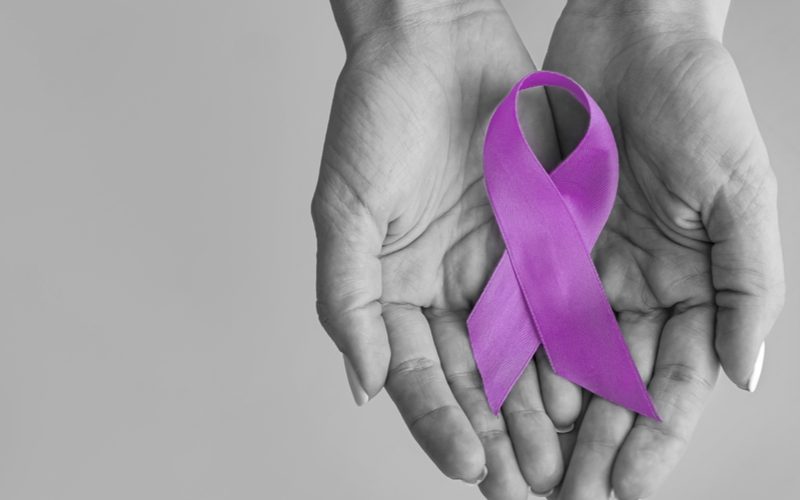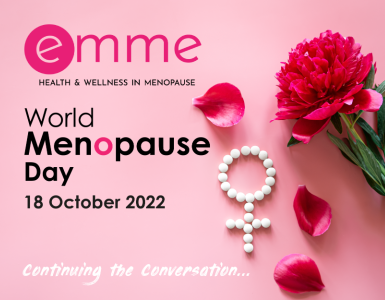HRT, or hormone replacement therapy, is an important medical drug that supports women experiencing upsetting, frustrating and sometimes debilitating symptoms of the menopause. As the name suggests, it replaces the hormones, namely oestrogen and to a lesser extent, progesterone, that decrease as a woman goes through the perimenopause and the menopause.
There are two main types of HRT – oestrogen only and combined oestrogen and progesterone HRT. Your doctor will be able to discuss in detail what type is best for you and your personal circumstances.
There have been numerous stories in the press over the years highlighting the increased risk of certain cancers associated with HRT
Whilst this is true – HRT can increase the risk of developing cancers of the breast, ovaries and womb – the increased risk is very small.
It’s important to speak to your GP about the risks of HRT and these cancers as they may vary depending on your medical history, your age and overall health. For some women, the benefits of taking HRT to manage their menopause symptoms outweighs the risk of developing cancer, but it’s very much a personal choice.
It’s also important to keep in mind that certain lifestyle factors, such as being obese or overweight, smoking, eating a diet high in processed red meats and drinking excessive amounts of alcohol can also increase our risk of developing certain cancers. So, like many things in life, taking HRT is about weighing up the personal risks and benefits.
HRT and breast cancer
Both types of HRT can slightly increase a person’s risk of breast cancer, but the risk is a little higher with the combined HRT.
The longer you take HRT, the greater the risk of breast cancer and it may also be increased by taking HRT before or soon after the menopause than taking it later.
Again, your personal medical history can have an impact on your cancer risk, and your GP can explain in more detail.
HRT and ovarian cancer
Both types of HRT come with a slightly increased risk of ovarian cancer but this risk decreases in the months and years after stopping HRT.
HRT and womb cancer
Oestrogen only HRT carries a higher risk of womb cancer and the longer it’s used, the higher the risk. For this reason, this type of HRT is only offered to those without a womb including some women that have had a hysterectomy and some trans women.
Combined HRT can actually reduce the risk of womb cancer but as we learned above, it can increase the risk of breast cancer. Your GP will be able to explain the risks and benefits to you.
How big is the increased risk of cancer?
For both types of HRT and the risk of developing breast, ovarian or womb cancer, the risk remains low. That is, a woman taking HRT has a slightly higher risk of developing one of these cancers than a woman who has never taken HRT.
To put things into perspective, according to Cancer Research UK, the risk is small when compared to other risk factors:
Choosing to take HRT is your choice, and your GP will be able to help you decide. If you don’t feel satisfied with your GPs response, you have the right to further opinions from hormone specialists.
















